Security Council Statistics
-
The Security Council has been severely tested by a multilateral environment in turmoil. In 2023, it faced the continuing effects of the Russian invasion of Ukraine, the precipitous escalation of conflict in the Middle East, and pushback against UN peacekeeping in Africa as well as UN sanctions. The shifting global balance of power, the contrasting narratives about global priorities that emerged after the invasion of Ukraine, and the allegations of Western double standards over Israel’s actions in Gaza, have severely strained relations and deepened the atmosphere of distrust. The Council continued to come under public attack for its inability to address violations of the UN Charter.
-
2022 was a turbulent year for the Security Council, its functioning tested by Russia’s invasion of Ukraine in February. The value of the UN Charter became a central theme in many members’ interventions, and the Council referred a situation to the General Assembly for the first time in forty years. Within the Council, the invasion exacerbated the trust deficit among members, making it harder to find common ground on many issues.
-
The Security Council enters 2022 following a challenging year. Political upheavals in countries long on the agenda, such as Afghanistan, Haiti, Mali, Myanmar, and Sudan, required close Council attention. The Council faced a continuing crisis as a result of the conflict in Tigray, Ethiopia.
-
Every January, five new members take their seats for a two-year term on the Security Council. In 2021, India, Ireland, Kenya, Mexico and Norway are the incoming five (I-5) replacing departing members Belgium, Dominican Republic, Germany, Indonesia and South Africa. While we don’t have a crystal ball, the events of 2020 may provide an indication of what these members can expect in 2021.
-
In 2019, geopolitical tensions continued to be reflected in Council action. Difficult and protracted negotiations were the norm, with pushback on previously agreed language from past resolutions.
-
The fractured state of Council relations, particularly among the permanent members, was reflected in the difficulty of obtaining consensus on Council resolutions. This is not entirely new: the number of vetoed and non-consensus resolutions has been rising for eight years. In 2018, three resolutions were vetoed, while four tabled drafts failed due to insufficient votes. A lower number of resolutions was adopted—54, against 61 in 2017—of which nine had fewer than 15 votes in favour.
-
In 2017, the Council held the highest ever number of public meetings since it was created. It was also a year that saw the most vetoes cast since 1988, but among the resolutions that were adopted, there was a drop in non-consensual decision making. There was a fall in the total number of decisions taken—resolutions and presidential statements.
-
Overall, 2016 saw an increase in the number of decisions adopted by the Council. The number of resolutions increased and presidential statements decreased from the previous year. The number of resolutions adopted without consensus increased by two. Formal meetings increased by 11.
-
Deteriorating crises and a more wide-ranging focus on countering terrorism resulted in the Council maintaining the high activity levels of 2014. Although there were no new issues that received the Council’s attention, situations already on the agenda, such as Burundi and Yemen, required greater attention. Terrorism was tackled from several angles, including the financing of terrorism and its impact on migration.
-
A mix of old and new complex crises required the Security Council’s attention in 2014 resulting in one of the busiest periods for the Council in several years. New situations like Ukraine competed with long-term conflicts like the Democratic Republic of the Congo and Somalia. Reversing the trend of decreasing decisions and meetings, the Council, often at the initiative of elected members, showed renewed energy in tackling both new and stagnant issues.
-
Most indicators point to a continuing overall downward trend in Council activity in 2013. Beyond this general trend, the year was punctuated by significant decisions that expanded the terms of UN intermission cooperation (resolution 2132) or use of force authorisation (resolution 2098) to new heights, instituted a groundbreaking chemical weapons inspection regime (resolution 2118) and covered new ground in addressing small arms (2117).
-
Since the three vetoes by Russia and China over Syria in 2011 and 2012 and the inability of the Security Council to find a solution to the conflict, there has been a common perception that the Council is divided. Likewise, following the US-led invasion of Iraq in 2003, the Council was viewed as having become badly fractured. However, looking at decisions adopted, the Council is actually divided on just a limited number of issues and otherwise largely operates by consensus
-
With 53 resolutions adopted in 2012, the year saw a sharp decline (-19.7 percent) in resolutions relative to 2011 (when 66 resolutions were adopted) and a decrease in total decisions (-6.8 percent) that was attenuated by the adoption of 29 presidential statements. Non-consensual resolutions were on the rise relative to 2011, as four resolutions (2058, 2063, 2068 and 2081) were adopted by a vote and two draft resolutions (S/2012/77 and S/2012/538, both on the situation in Syria) were jointly vetoed by China and Russia.
-
With 66 resolutions adopted by the Security Council in 2011, the year saw an increase in the number of resolutions relative to 2009 and 2010, but a consistently lower total number of decisions relative to the entire 1992-2008 period.
-
The year 2010 saw a slight reversal in the previous downward trend in the numbers of Security Council decisions. (The 2009 output was at the lowest level since 1991.) The number of formal decisions increased slightly in 2010 from 83 to 89, however, overall the level remains low.
